Christina Eldridge, co-founder of Red Dirt Shop, successfully combines business, art, and charity
By Nicki Porter
It’s one thing to create art with good intentions: to raise awareness for a cause, grant a voice to the oppressed, or just bring a little light into the world. But acting on those good intentions is another thing entirely.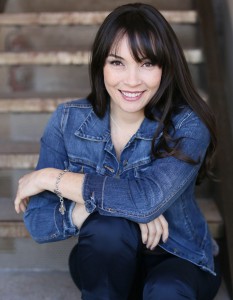
For Kansas City natives Christina Eldridge and Dawn Taylor, it wasn’t enough to merely talk about bringing change to the world. Both women had journeyed to Africa and seen firsthand a basic human need that wasn’t being met: access to clean, safe drinking water.
So they co-founded Red Dirt Shop, an online marketplace that offers “goods for good.” All products for sale on the site—cellphone cases, water bottles, T-shirts—feature designs by working artists, and every sale provides an entire year of access to safe water for an individual in need, thanks to the store’s partnership with the nonprofit Water.org.
Red Dirt Shop built its business model on trust in a growing group of consumers who appreciate quality products and want to make a difference in the world. Eldridge and Taylor bet that these consumers would be willing to pay a higher price for premium products that support a worthy cause.
It was a smart bet. Red Dirt Shop has been a remarkable—and profitable—success. In 2014, the shop began selling products made by artisans in Guatemala and Kenya, offering job creation and fair wages in addition to clean-water access.
Eldridge recently discussed how the two entrepreneurs successfully combined art and social change.
Art Business News: How did you come up with the idea for Red Dirt Shop?
Christina Eldridge: While working as a fundraiser for a major hospital system, I started volunteering as a director for medical mission trips to Mali, West Africa. While I’ve been lucky to travel internationally quite a bit, this was my first time to go into a country with a purpose, work alongside the local people, and step into their shoes. What I saw were people who were impoverished, uneducated, and unhealthy. I also saw [that] they were joyous, ingenious, clever, and resourceful, and had an enviable sense of family and community.
While poverty is incredibly complex and the reasons for it vary from region to region and person to person, I saw problems I felt I could partner with local people on and make a difference. And it wasn’t about handouts or giving things away; it was [about] finding ways to help these people raise themselves out of poverty. The two areas I thought I could make a difference in were water access and job creation. Water is a basic human right, but nearly 750 million people don’t have access [to it]. If people aren’t healthy, they can’t take care of themselves. Second, it was made crystal clear to me that people want jobs and the dignity of taking care of their families themselves. No one wants to live off of handouts.
I wanted to start something that could scale and grow quickly, and that wasn’t charity; it’s commerce. So Red Dirt Shop is a lifestyle fashion-and-accessories company that donates a year of clean-water access for someone in need with each product sold. Additionally, half our products are now made by artisans in developing communities that are paid a fair wage and are working in safe, healthy conditions.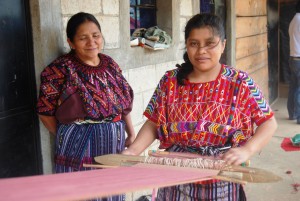
ABN: Why did you choose providing access to clean drinking water as your cause?
CE: On my first trip to Mali, we traveled to a very small, remote village to have a day clinic. The first person brave enough to step outside the village wall was a little boy around [age] 5 or 6. We walked slowly toward each other, and I could see he was just wearing a ratty T-shirt. As I got closer, I saw [that] his face was drawn, his eyes were lifeless, and he had diarrhea running down his legs. It didn’t take us long to figure out he had a water-borne illness. The village was using an open-top well, in which … the water was a milky brown. Their hand-pump well had broken some time ago.
Can you imagine being this boy’s mother, and your options are to give him water that will almost surely make him ill or let him thirst? As a mother myself, it broke my heart. We found out it would take about $800 to fix their pump, and I was able to raise the money within a day back home. The next year, I went back to the same village, and the boy, Famoussa, ran out to hug me. He was healthy, with full cheeks and bright eyes. It was one of the most memorable moments of my life.
When I knew I wanted to support water access with Red Dirt Shop, I decided to support Water.org. It’s one of the most forward-thinking and respected nonprofits focused on water and sanitation in the world. And amazingly, it is located right here in Kansas City, and I knew a number of people working there. I love their solutions to the water crisis and am happy to financially support them.
ABN: What made you decide to sell custom, artist-created designs? Why was artist involvement important to you?
CE: Well, it’s one thing to create a business idea, and it’s another to make one that is different
and attractive to people. We decided on cellphone covers as our first product: something that almost everyone buys for their smartphone, has a low price point, and is very visible to others. To make it distinctive, we decided to involve artists. Kansas City has an incredibly fertile arts community, and the artists are extremely collaborative with one another. When we started approaching artists—some we knew, some we didn’t—almost all of them said yes; they loved the idea of using their talents in a commercial product that could also help others. Additionally, we didn’t ask them to do it for free. We licensed their artwork for a period of time. Our artist partners have been incredible. They help share the product with their fan base, which is marketing for us, and vice versa. Some have just been fun to work with; others have become good friends.
ABN: How do you balance making a profit with philanthropy? Can you have both?
CE: You have to have profit, or you can’t survive. We are an investor-backed business, so we had to sell the idea that doing good also does good for a business. Nielsen has released three reports in the last five years surveying tens of thousands of people around the world. They show increasing demand for “do-good” companies and show that people are willing to pay more for such products.
With our products, we had to build the cost of doing good into the retail price. That [goal] may take some consumer education because most of the supply chains in the fashion industry are “dirty,” with people along the way being paid too little or the environment taking the cost. Consumers need to know the true cost of their fashion.
ABN: Talk about your decision to sell artisan-created products.
CE: It was always a goal to eventually add artisan-made products once the company got on its feet. It was adding another genre of art to our goods. I sought groups that had the skills and resources that I could work with on designs. That took a lot of time and [led us down] a lot of dead-end trails. But the artisans I’ve found thus far have been incredible to work with. It’s incredibly gratifying to know who is making your products, see what having a job does for them and their families, and then be able to share that story with your customer.
ABN: How do these products get selected for inclusion in the shop?
CE: The artisan products have the same standards as [goods from] any other supplier: quality products, timely delivery, good communication. Right now, we’re carrying beautiful leather bags and other accessories from Kenya. The quality is above reproach. We also just started working with a small village there that makes gorgeous blankets from organic cotton they grow, spin, and weave. And there’s a women’s co-op in Guatemala that uses their skills in backstrap weaving and fabric sewing.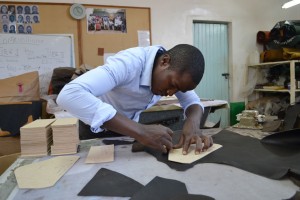
I work with the groups on creating contemporary designs with the skills and resources they have. I don’t want to be like Ten Thousand Villages, which sells the indigenous products you might find in a local market. The products we have are loved for their beauty and design, and the fact that they are made by artisans in developing communities is a delightful surprise.
ABN: What has reception been like for the shop, in terms of both artists and consumers?
CE: Incredible! The visual artists [enjoy it for] different reasons: they like the interesting vehicles their art is placed on, such as phone cases, water bottles, and apparel; what their art is supporting; and that they are fairly paid for the licensing. I think the artisan groups like seeing what they make sold in America and [having it] be so well-received.
Consumers are ready to spend their money on quality products that aren’t harming people or the planet and support companies that use their power for good. They also love the story they can tell when someone compliments them.
ABN: Have you found marrying social impact and art to be a good match?
CE: I think that people who like our products love art, and when they choose artful products, they’re choosing to represent who they are. That [idea] ties in with the social impact as well; they buy products they can stand behind. Our customers buy our products—and share them passionately—because they love the individual statements and the good they represent.
ABN: How do you market to the art-appreciative philanthropist community?
CE: This has been a great partnership with our artists. It is part of our contract that we will market each other—cross-pollinate, if you will—to our respective fan bases via social media and email. They share the project they’ve worked on and what it means to them. We share their art and artist statements both through marketing and our website. It’s been an effective way to grow.
ABN: How do you work with artists to incorporate their designs into your products?
CE: For our visual artists who will have their work placed on products like phone cases, water bottles, and apparel, we have a pretty specific set of guidelines set up. We have learned many of the guidelines through trial and error. Our main goal is to make sure the art is represented as closely to the original work as possible. Mockups are made and shown to the artists before full production.
ABN: How can artists become involved with Red Dirt Shop?
CE: Right now, we find most of our artists through recommendations from other artists. We’re lucky to have such a great list of alumni. We also reach out to people we come across on the web. However, anyone can email us at info@reddirtshop.com.
ABN: Any advice for other social-minded art entrepreneurs out there?
CE: To be successful and accomplish your goals, remember to keep the discipline of your business first. When you do this, the intentions of your heart will come to fruition and grow.
Nicki Porter is a Boston-based writer, editor, and former preschool teacher. She believes in good art and good biscuits.

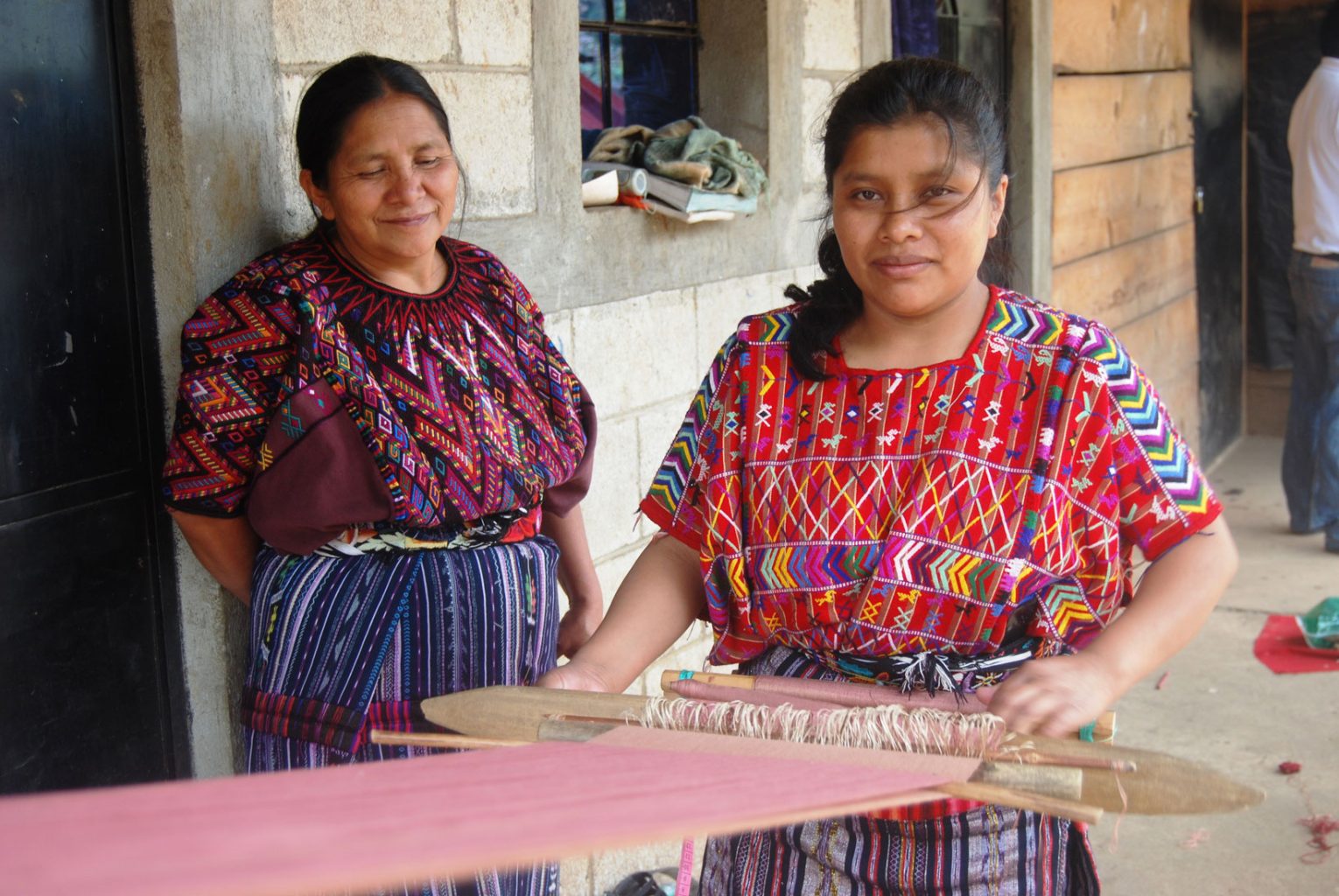
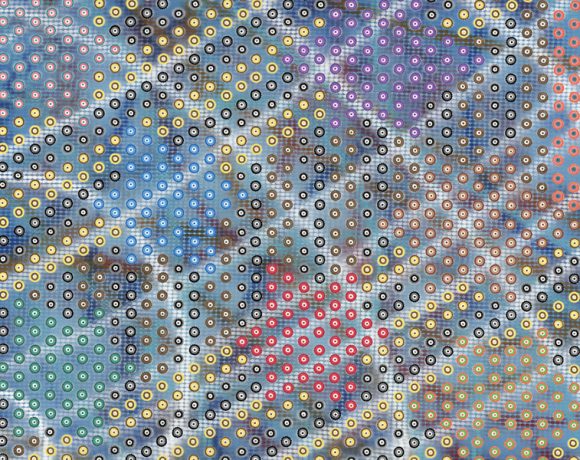
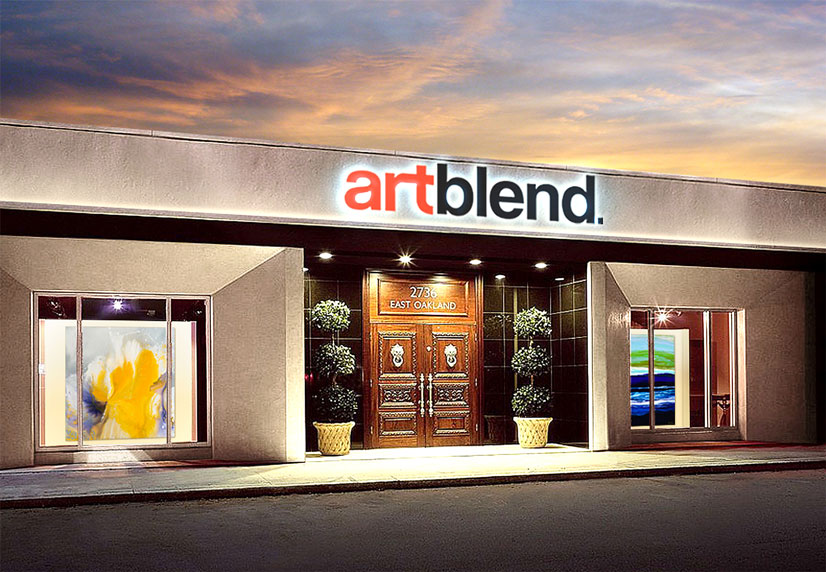
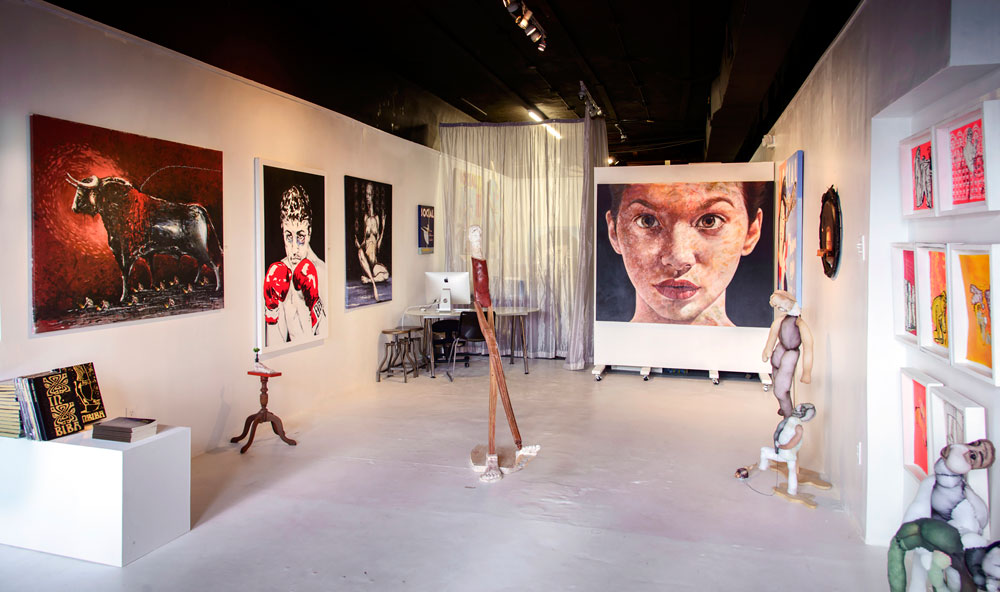




NO COMMENT